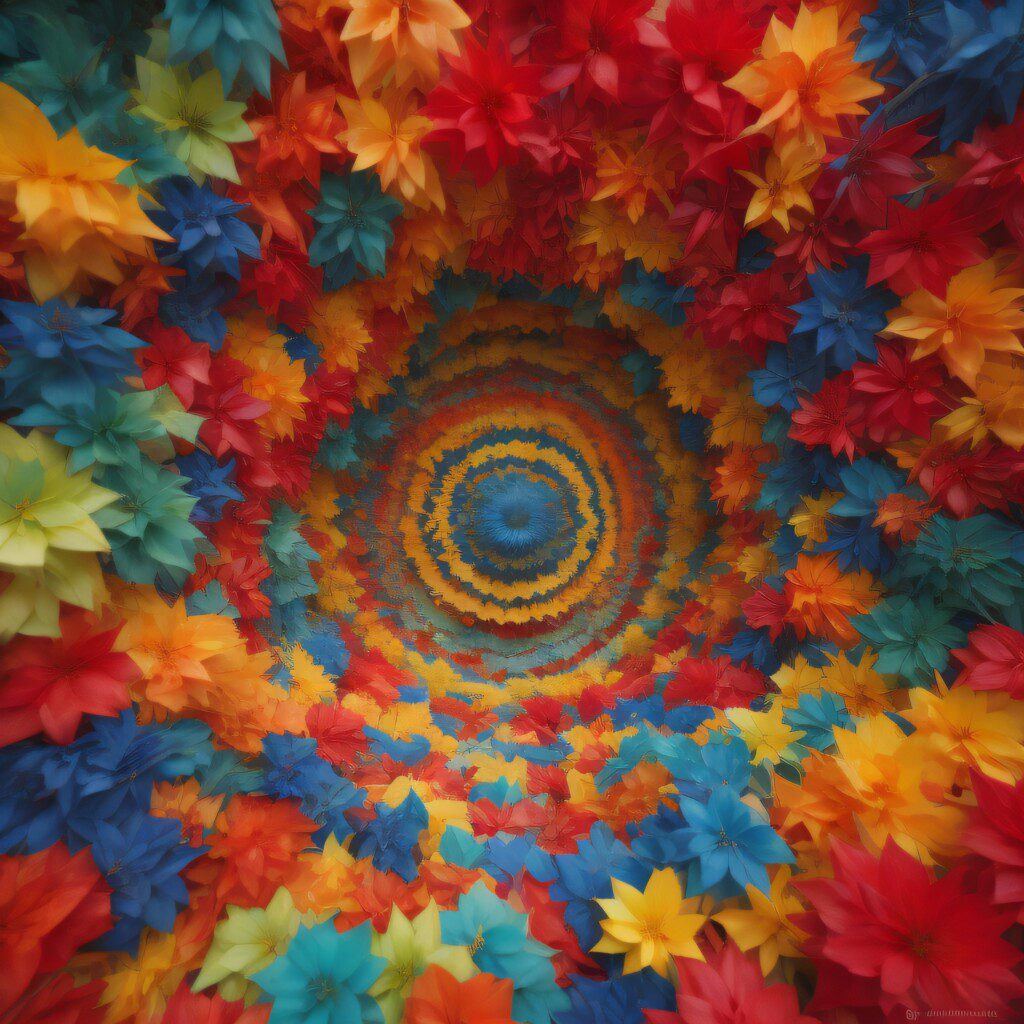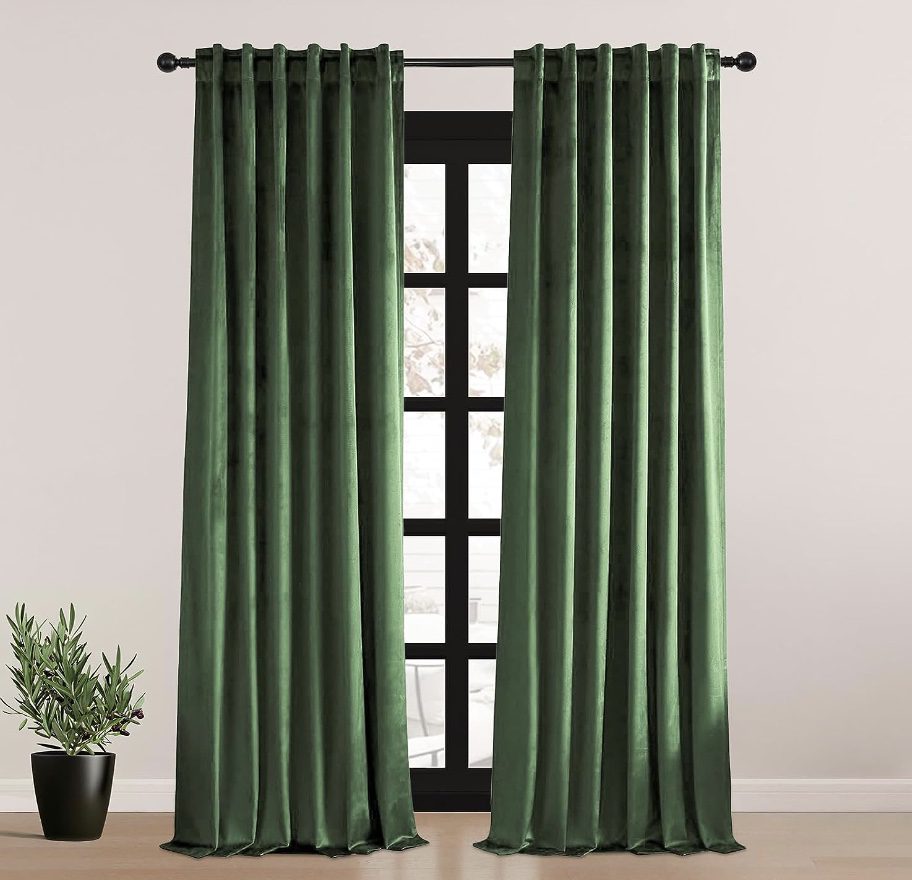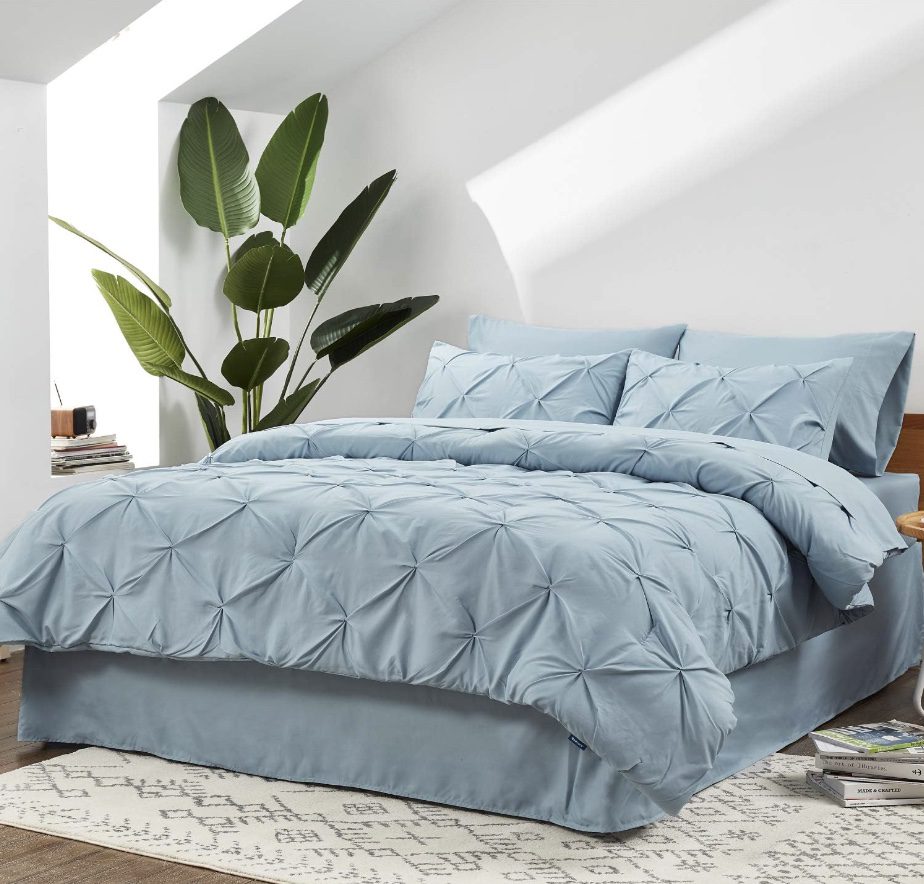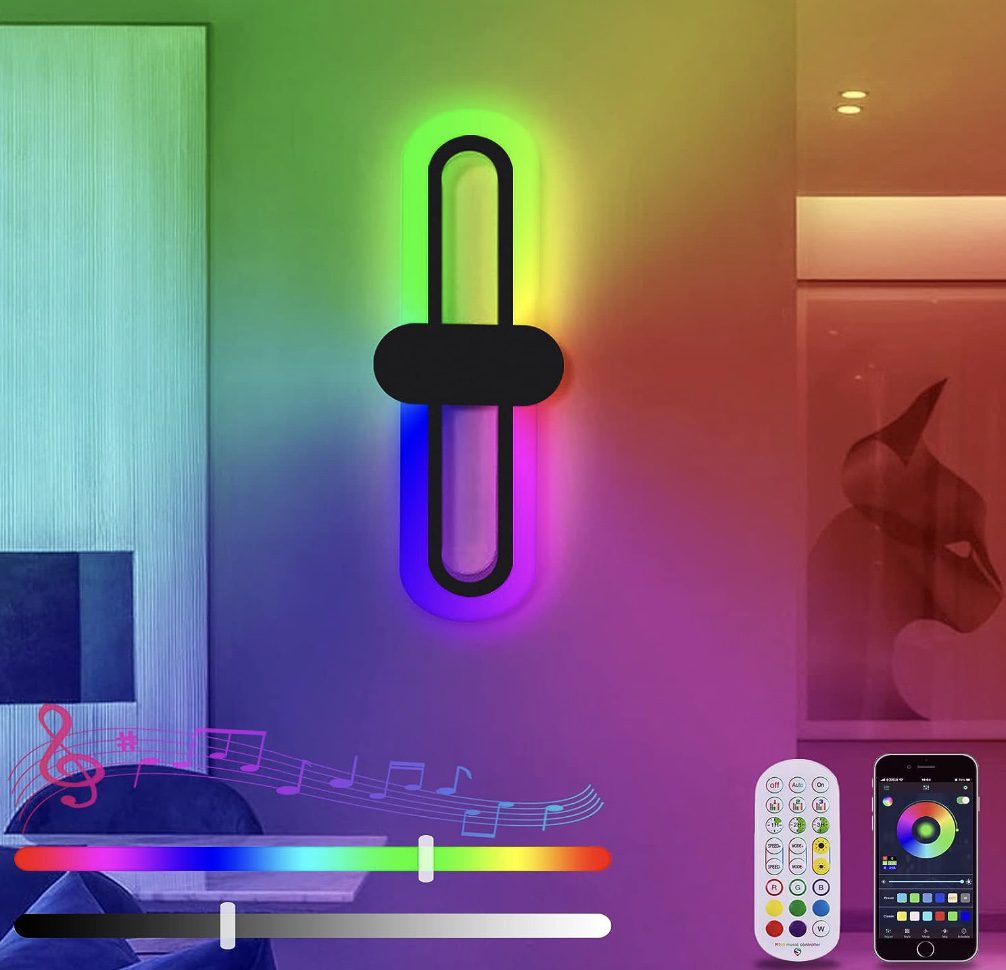Introduction
Colors are more than just visual stimuli; they hold the power to influence our emotions, perceptions, and even physiological responses. From the calming embrace of blue to the energetic burst of red, the world of colors plays a significant role in shaping our experiences. In this article, we delve into the fascinating realm of colors and their profound effects on the human mind and body.

The Psychology of Colors
Colors have a direct impact on our emotions and psychological well-being. Each color evokes a unique set of feelings and associations, creating a psychological response that can influence our moods and behaviors.
- Red: Often associated with energy and passion, red is known to increase heart rate and stimulate the senses. It can evoke feelings of excitement, urgency, and even aggression. Restaurants often use red in their branding to encourage appetite and quick decision-making.
- Blue: Calm, serene, and soothing, blue is commonly linked to feelings of tranquility and trust. Research suggests that exposure to blue can lower blood pressure and slow down the heart rate. This makes blue a popular choice for healthcare environments and relaxation spaces.
- Yellow: A color that radiates warmth and happiness, yellow is known to uplift spirits and promote positivity. It's often used to draw attention and stimulate mental activity, making it a favorite for highlighting important information.
- Green: With its association with nature, green has a restorative and refreshing quality. It's believed to reduce stress and create a sense of balance. Spending time in green surroundings or even viewing the color can lead to improved mood and overall well-being.
- Purple: Long associated with royalty and luxury, purple carries an air of sophistication and creativity. Lighter shades can be calming, while deeper purples can add a touch of mystery and introspection to spaces.
- Orange: Combining the energy of red and the warmth of yellow, orange is an attention-grabbing color. It can stimulate enthusiasm and evoke feelings of excitement, making it a popular choice for promoting action and engagement.

The Physiological Impact
Beyond psychological responses, colors can also influence our physiological reactions.
- Sleep Patterns: The color of our surroundings can affect our sleep patterns. Cool and muted colors like blues and greens are often recommended for bedrooms, as they promote relaxation and better sleep.
- Appetite and Taste: The colors of our food and dining environments can impact our perception of taste and appetite. Warm colors like red and yellow are known to stimulate appetite, while cooler colors might have a more calming effect.
- Pain Perception: Research indicates that exposure to certain colors can affect pain perception. Soft, cool colors are thought to have a pain-relieving effect, while bright colors might intensify the experience of pain.

Cultural and Contextual Influences
It's important to note that the impact of colors can be influenced by cultural background and personal experiences. For example, while white signifies purity in Western cultures, it represents mourning in some Eastern cultures. Context also plays a role – a color's effect can vary based on its combination with other colors and the environment in which it's used.

Applying Color Psychology
Businesses, marketers, designers, and even individuals can leverage the psychology of colors to create specific atmospheres and evoke desired emotional responses. Choosing the right colors for branding, interior design, and even personal presentation can make a significant difference.

Conclusion
Colors are not just visual phenomena; they have a profound impact on our emotions, thoughts, and even our physical well-being. The psychology of colors is a powerful tool that can be harnessed to influence human experiences and behaviors. By understanding the effects of different colors, we can make intentional choices that enhance our environments and interactions with the world around us. So, the next time you choose a color scheme for your space or an outfit, consider the potential effects it might have on your mind and body.
Don’t forget to join our community and follow our courses. They provide you all the knowledge you need to have for your personal development. You want to learn more about "Colors and their Effects on the Human mind and Body" click the button below and follow the course now!
